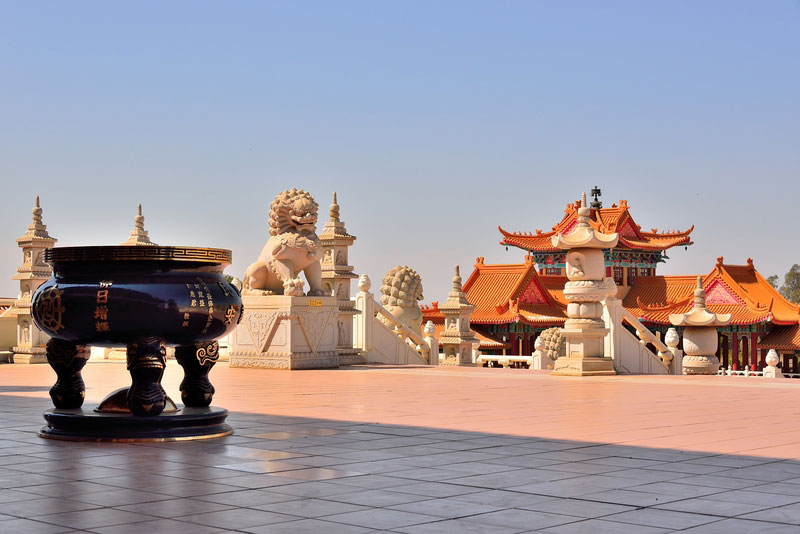All About Johannesburg North Attractions
All About Johannesburg North Attractions
Blog Article
The smart Trick of Johannesburg North Attractions That Nobody is Discussing
Table of ContentsThe Of Johannesburg North AttractionsThe Only Guide to Johannesburg North AttractionsThings about Johannesburg North AttractionsThe Only Guide for Johannesburg North AttractionsSee This Report on Johannesburg North AttractionsUnknown Facts About Johannesburg North AttractionsThe Single Strategy To Use For Johannesburg North Attractions
However you ought to keep security in mind and tourists should remain sharp in all times when in strange environments. Talk to the locals when you are in community to discover the location you are remaining in. Johannesburg North attractions. When on the road (this doesn't put on shopping center and various other secure environments) ideal basic recommendations is to try your best to resemble a local and to avoid displaying any type of kind of wealth
Unknown Facts About Johannesburg North Attractions
Professor Revil Mason O. J. (Thomson, 1946) explored the Witwatersrand's pre-colonial history. His archaeological work took off the 'em pty land' misconception, according to which the region was lacking human habitation before the arrival of European settlers. In his publications Prehistory of the Transvaal: A Document of Human Activity (1962) and Origins of Black Individuals of Johannesburg and the Southern Western Central Transvaal Advertisement 3501880 (1986 ), Professor Mason demonstrated the degree of social and financial development in the area prior to Europeans set foot below.

The Best Guide To Johannesburg North Attractions
In 1878, David Wardrop found gold in quartz capillaries at Zwartkop, north of Krugersdorp. In 1881, Stephanus Minnaar came throughout gold on the ranch Kromdraai, near the Cradle of Humankind.
In March 1886, an outcropping (soon to be called the Main Coral reef) was located, fairly fortuitously, on Gerhardus Oosthuizen's ranch Langlaagte. Some state that the Lancastrian coal miner George Pedestrian found this reef. An additional travelling English prospector, George Harrison (that had formerly operated in Australian mines) acquired a prospecting permit in regard of Langlaagte in May 1886.
He made a decision to go on in a pursuit for greener pastures, and disposed of his Langlaagte case for the baronial sum of 10. Alas: beneath lay the wealthiest goldfield ever before found. The exploration of this abundant auriferous coral reef provoked a gold rush that signified completion of bucolic tranquillity in the southern Transvaal.
It would, within 6 years, become the biggest community in southerly Africa. Within a years, it would certainly make the Z. A. R. until then an anarchical and bankrupt little state the wealthiest country in Africa. By the turn of the century, the Z. A. R. was to surpass Russia, Australia and the United States of America to come to be the globe's leading you can look here gold producer, web link producing greater than a quarter of the world's gold.
Johannesburg North Attractions Can Be Fun For Anyone
It was recognized as Ferreira's Camp, called after Colonel Ignatius Ferreira. He was a Boer adventurer upon whom the British authorities had actually presented the standing of Friend of one of the most Distinguished Order of St Michael and St George (qualifying him to the post-nominal letters C. M. G.) in gratitude for his duty in the battle that had deposed the Pedi king Sekhukhune in 1879.
Quickly the camp was bursting with tents and wagons as novices arrived daily from much and wide. By September 1886, some 400 individuals lived in Ferreira's Camp, which quickly boasted prefabricated iron and timber structures. Two other camps were established: Meyer's Camp on the farm Doornfontein, and Paarl Camp. The latter was nicknamed Afrikander Camp; many individuals from the Cape Swarm settled there.

Some Ideas on Johannesburg North Attractions You Should Know
This name acquired money by word of mouth, such that the State Assistant affirmed the name to the Mining Commissioner on 9 October 1886. Stands in the village were auctioned on 8 December 1886. While some stands were cost 10, others were torn down for just sixpence.
Two years later, these erven were to alter hands for as high as 750 each. The tented camps decreased as a dorp of corrugated iron buildings developed and expanded north of the mines situated along the Main Coral Reef Roadway. Areas such as Jeppe's Town (where working-class immigrants erected their houses) and Doornfontein (where the upscale brand-new 'Randlords' began to construct their extravagant homes) were quickly contributed to the ever-expanding map of the community.
Not known Facts About Johannesburg North Attractions
Apart from the road names, there were no indicators of Johannesburg being located in a Dutch-speaking country., virtually every person spoke English and even the Government slaves attended to one in English, unless they were first addressed in the Taal (or Reduced Dutch)'.
Britain had a rate of interest in ensuring ideal conditions for gold manufacturing on the Witwatersrand, and that the gold was exported to London rather than Berlin an important provided all the much more clamant by the Z. A. R.'s raising toenadering with Germany. Mine owners got on a clash with President Kruger, whose policy of monopolistic concessions (usually reference given to his cronies) prevented mining firms from obtaining products of materials (particularly dynamite) and work on their own, less costly terms
Rumored Buzz on Johannesburg North Attractions
In 1890, the Volksraad had limited the franchise business to white males that had lived in the Z. A. R. for fourteen years or longer, therefore invalidating the majority of the immigrants (that took place to be the major factors to the fiscus). Agitation for the vote was a mere pretext for promoting a different agenda; a lot of uitlanders concerned themselves as momentary visitors and had no objective of staying in the Z.
Report this page